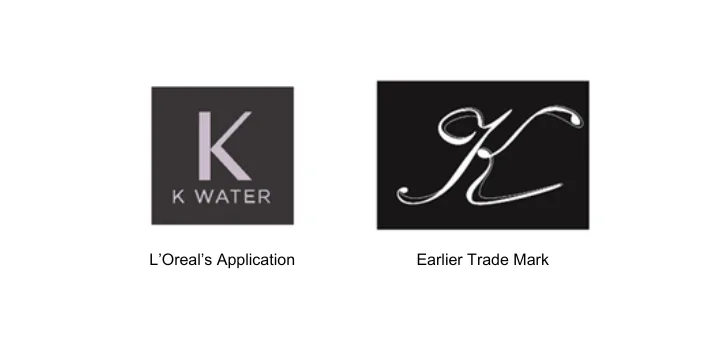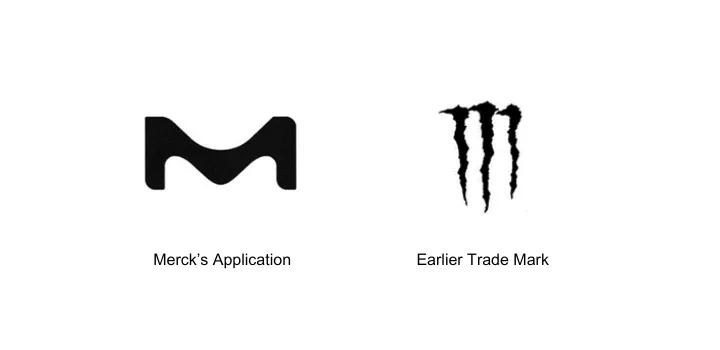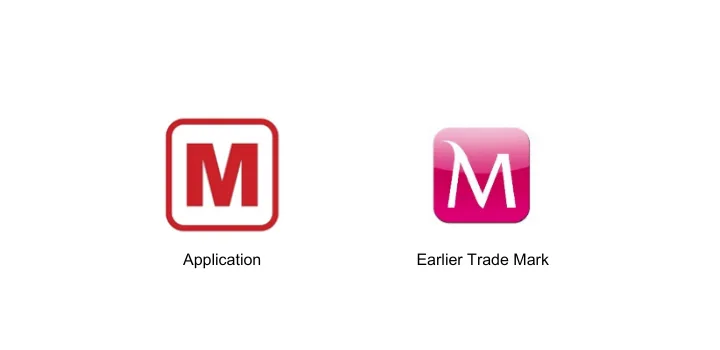It was recently reported that X Corp (the business formerly known as Twitter) has been sued in the Federal Court of Florida by X Social Media, an ad agency focused on mass-tort litigation that was set up by following the Deepwater Horizon oil spill in the Gulf of Mexico. X Social Media has alleged that Elon Musk’s re-brand infringes its earlier trade mark registration incorporating the letter “X”.
Whilst we are not going to speculate on the outcome of X Corp’s litigation, it did get us thinking about whether single letters can be registered as trade marks and, perhaps more importantly, can such rights be enforced?
Registration of Single Letter Trade Marks #
The starting point is that letters and numerals, without stylisation or graphical elements, are one of the categories of signs which can be registered as trade marks in the United Kingdom and European Union. However, they must be capable of distinguishing the goods or services of one undertaking from those of other undertakings.
In practice, this requires the UKIPO or EUIPO to assess whether the single letter is capable of indicating trade origin and whether it is descriptive or deceptive. This assessment must be carried out taking into account the goods or services for which the trade mark has been filed. A single letter may not be capable of indicating trade origin if, for example, the application covers goods involving computers, machines, motors or tools, where a single letter may be perceived as a model or catalogue reference rather than as a trade mark. A single letter could also be descriptive if it relates to a characteristic of the goods or services of the application. An example of this would be that for dietary or nutritional supplements, which include vitamins, letters such as “C”, “D” or “K” would be descriptive of the ingredient of the product. Similarly, in relation to clothing, the letters “S”, “M" or “L” could not be registered as trade marks as they are descriptive of size.
It is generally easier to register a single letter mark which is stylised or accompanied by graphical or logo elements such that a stylised letter “C” could be registered for nutritional supplements, or a stylised “S” could be registered for clothing. However, would such a registration be enforceable against a third party?
Enforcing Single Letter Trade Marks #
Much of the guidance and case-law on the enforcement of single letter trade marks comes from the decisions of the UKIPO, EUIPO and General Court of the European Union. In a relatively recent decision of the General Court, L’Oreal overcame an unfavourable decision from the Board of Appeal of the EUIPO in its application for which had been opposed by the owner of an earlier stylised letter “K”:
To find out more, or to speak to one of our specialist attorneys, please get in touch.

The General Court rejected the opposition as there would be no likelihood of confusion. This was on the basis that the whilst the goods, hair care products, were identical and the earlier trade mark had a normal level of inherent distinctive character, the signs showed only a low degree of visual and phonetic similarity and were conceptually different due to the additional element “K WATER”. The Court emphasised the importance of the visual comparison due to how the goods are marketed and sold so that the significant visual differences between the two marks meant there was no likelihood of confusion. Consumers would not believe that the goods in question came from the same or economically linked undertakings.
In the UK, the question of single letter trade marks has been addressed by the UKIPO in a case concerning Merck KGaA and Monster Energy Company. Merck’s application for the letter M was opposed by Monster Energy Company on the basis of its earlier trade mark:

Monster’s case was rejected by the Hearing Officer who, despite finding identity of goods, stated that Monster’s earlier trade mark:
"May present as a letter “M” to some consumers, the overriding impression is of three claw marks. Such consumers may recognise that both marks are allusive of a letter “M”, however, their presentation and stylisation of the respective marks are significantly different in all other visual respects, and I conclude that the respective marks share only a low level of visual similarity”.
Due to the different visual and conceptual perceptions of the marks, there could be no direct or indirect confusion. The lack of similarity between the marks also led the Hearing Officer to reject passing off and detriment to distinctive character and reputation claims.
Murgitroyd’s Experience #
These decisions are in line with the author’s own experiences of defending objections to EU Trade Mark Applications for single letter marks.
In Opposition No. B002815150 before the EUIPO we successfully defended our client’s application in the face of an opposition from a financial organisation:

In this case, where the goods and services were identical or similar, the EUIPO found that there was no likelihood of confusion. Both marks consist of the single letter “M” and are, therefore, aurally and conceptually identical, and were also considered to be visually similar to a below-average degree as they differed in their colours and stylisations. The EUIPO, however, concluded that confusion would only arise between stylised single-letter marks, depicting the same letter, when the stylisation coincides in characteristic elements, which was not the case here as the letter ‘M’ was depicted in a different manner in the two signs and the colours in each sign were different.
In Opposition No. B003146599 we were also able to successfully defend our client’s application in the face of an opposition:

Here, the goods in dispute were also identical and were aimed at professional consumers who would pay a high degree of attention. Both marks are figurative and depict a single letter ‘H’ inside a circle, but in different depictions. Therefore, whilst the signs are aurally and conceptually identical, they are visually similar only to a low degree, as they differ in their stylisations, colours and additional figurative elements. The EUIPO concluded that in cases involving trade marks consisting of the same letter, it is only when the later trade mark causes a sufficiently different visual impression that a likelihood of confusion can be safely ruled out. Taking this into account, no likelihood of confusion was found between the signs.
Implications for Trade Mark Owners #
The decisions make it clear that the rights afforded to the owners of single letter trade marks are narrow. Part of the underlying rationale for these decisions may well be that a trade mark registration, at least for a stylised single letter mark, should not give its owner a monopoly in that single letter as other traders may legitimately wish to use the same letter in a different stylisation and, therefore, should only be prevented from using and/or obtaining a trade mark registration where confusion would arise.
These are important considerations that must be taken into account when a business is deciding whether to use a single letter trade mark, register such a mark and enforce its rights against third parties.
If you’re looking to protecting your single letter brand anywhere in the world, get in touch for a free initial chat about your needs and how we can assist.





















